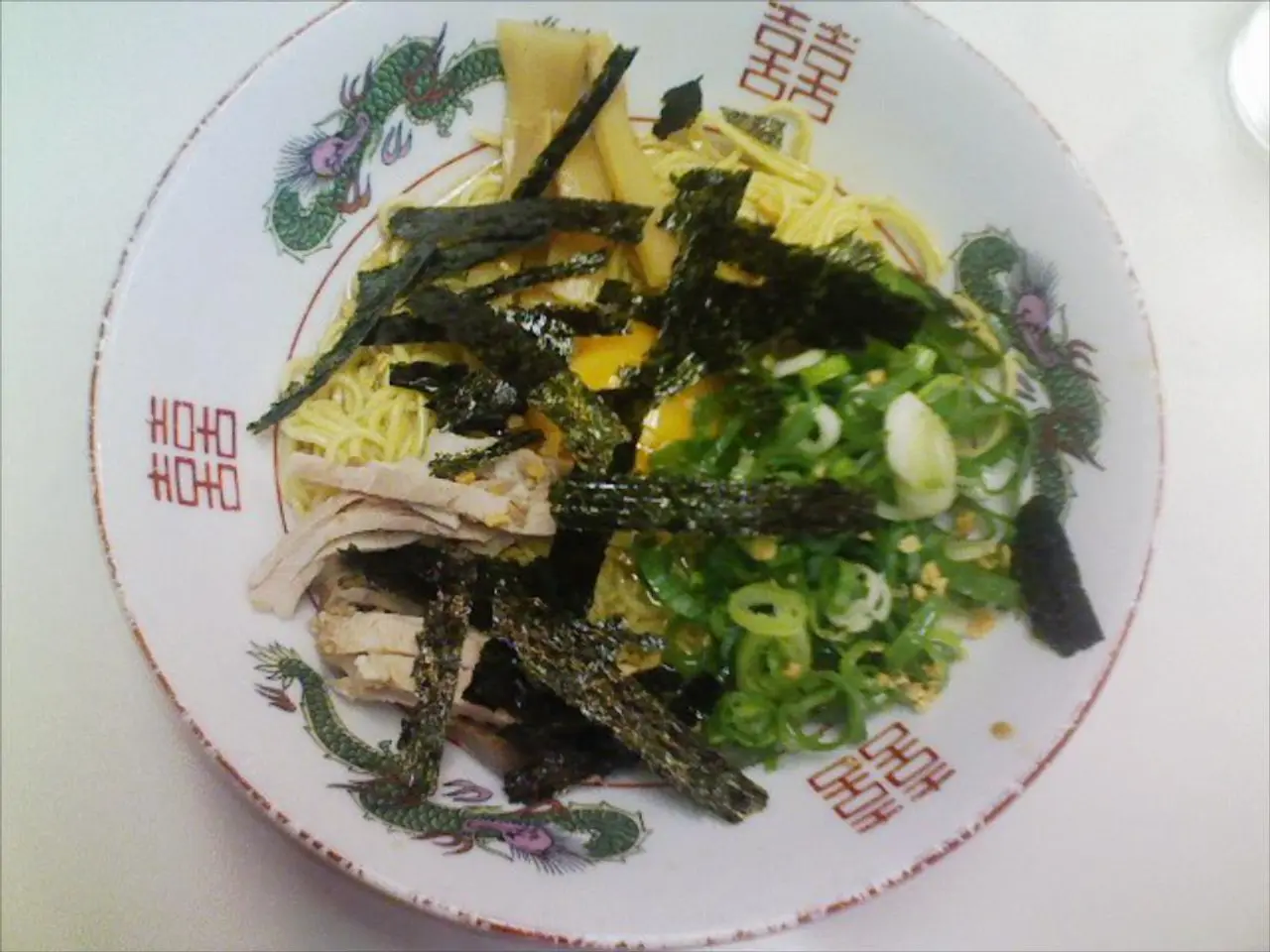Octinoxate properties, potential hazards, and substitute options explained
In the world of cosmetics, Octinoxate has been a common ingredient in sunscreens since the 1950s, serving as a protective barrier against harmful UVB rays. However, recent research has shed light on significant environmental and health concerns associated with this compound.
Octinoxate, also known by various names such as octyl-methoxycinnamate, 2-ethylhexyl-4-methoxycinnamate, avobenzone (Parsol, Escalol), and Neo Heliopan, is a cinnamate ester. It is found in a wide range of products that require an SPF, including sunscreens, lip balms, hand or face moisturizers, makeup products, perfumes, hair sprays, and aftershaves. In the United States, Octinoxate is the UVB filter in 90% of sunscreens.
Environmentally, Octinoxate contributes to coral reef damage by causing coral bleaching and disrupting the normal development of marine organisms. These impacts have led to bans on its use in places like Hawaii, Palau, and Thailand to protect marine ecosystems.
In terms of health, Octinoxate has been linked to potential endocrine disruption, interfering with normal hormonal signaling in humans. It is classified as an endocrine disrupting compound (EDC).
One of the key concerns about Octinoxate is its bioaccumulative nature. This means it can build up in humans and the environment faster than it breaks down, raising concerns about long-term exposure effects.
The scientific community debates the full extent of these impacts, but many regulatory actions are driven by precautionary principles due to growing evidence of toxicity to aquatic life and potential human hormonal effects. Some consumer groups and regulatory authorities encourage the use of mineral-based sunscreens as safer alternatives for both human health and the environment.
Despite the concerns, both the U.S. and European Union consider Octinoxate safe in certain concentrations. The maximum concentration allowed in ready-for-use products is 7.5% in the U.S. and 10% in the E.U. However, these limits may be revisited as more research becomes available.
It's important to note that while Octinoxate plays a crucial role in protecting human skin from UVB rays, causing sunburn and skin cancer, the potential risks to both human health and the environment necessitate careful consideration. As research continues, consumers are encouraged to make informed decisions about the sunscreen products they use.
- The related medical-condition of endocrine disruption has been linked to the common sunscreen ingredient, Octinoxate, interfering with normal hormonal signaling in humans.
- In the realm of health-and-wellness, Octinoxate, also known as octyl-methoxycinnamate, is not only found in sunscreens but also in skincare products like lip balms, moisturizers, and makeup.
- Octinoxate has been shown to have dry lips when used excessively, a side effect often overlooked in the discussions about its environmental impact.
- As an endocrine disrupting compound (EDC), Octinoxate's bioaccumulative nature in the environment raises concerns about long-term exposure effects, leading to bans in places like Hawaii, Palau, and Thailand.
- In the field of environmental-science, the use of Octinoxate, which causes coral reef damage through bleaching and development disruptions, is being questioned, with some consumer groups and regulatory authorities advocating for mineral-based sunscreens as safer alternatives.




